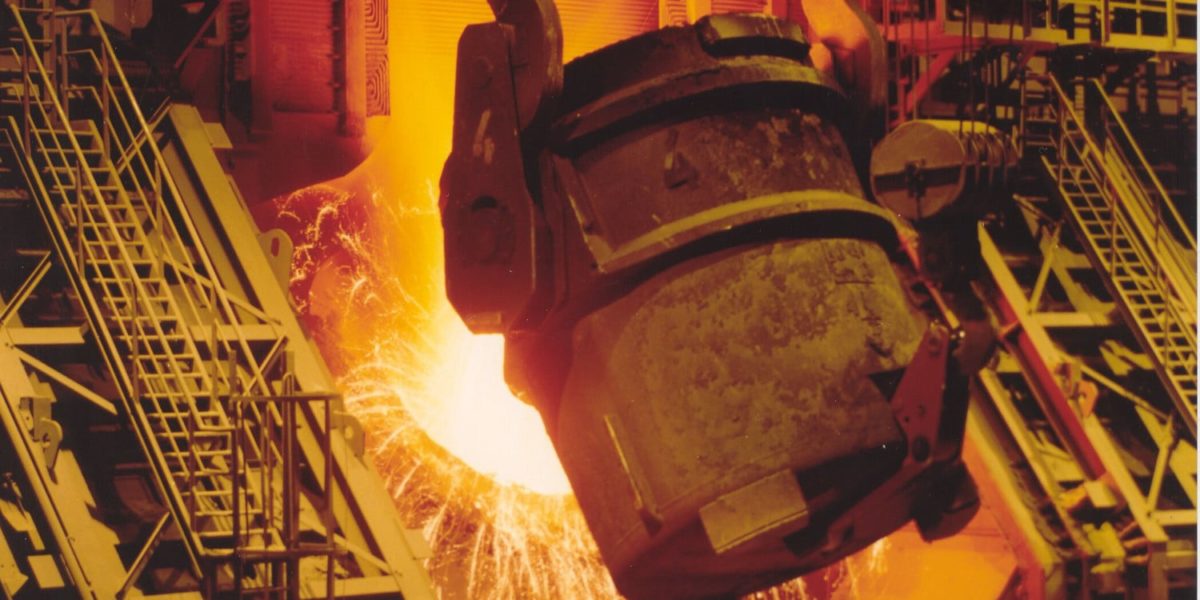The International Renewable Energy Agency (Irena) has stressed the urgency of bringing in policies worldwide to drive the green hydrogen economy by pointing out there is only one investment cycle for heavy industrial plants before mid century.
The latest report published by the international NGO in its green hydrogen series is a guide to policymakers which pointed out 71% of the blast furnaces used in steelmaking around the world require investment this decade, with the remainder requiring attention before 2040.
With chemicals plants enjoying a typical 30-year lifespan, the report added, the average ammonia fab is already 15 years old and the world's oldest facilities are based in Europe and Asia.
Raw material sourcing
With fossil fuel-powered hydrogen a significant contributor to the heavy carbon footprint of the iron and steel and chemicals industries, Abu Dhabi-based Irena said policymakers must act immediately to foster green hydrogen before another generation of polluting plants are locked in to, and beyond 2050.
That also means, the Green Hydrogen for Industry report added, the world needs to roll out the huge wave of renewable energy generation facilities needed to power hydrogen electrolysis without eating into the renewables capacity needed to generate electricity for non-industrial uses.
Policies are needed to incentivize heavy industry and end-product consumers, Irena stated, to help bridge a gap between the current prices of fossil-fuel powered hydrogen, ammonia and alternative transport fuel methanol and their greener counterparts.
The report estimated green hydrogen costs around $4-6 per kilogram versus $1-2 for the grey version of the energy carrier. With conventional ammonia costing around $250-450 per ton, according to Irena, a green hydrogen-powered version of the fertilizer feedstock and shipping fuel could be made for $500-625/t this decade. Methanol costs around $100-400/t at the moment but the use of green hydrogen, bioenergy and carbon capture and storage to manufacture it would drive that figure to around $800-1,600, with the expense even higher if untested use of carbon captured directly from the air is factored in.
All of which means policymakers need to roll out the full toolkit of measures to tip the scales in favor of green hydrogen if the world is to have any hope of reaching net zero by mid century, with those heavy industry investment decisions looming.
Irena's 68-page study suggests blast furnaces must be phased out and replaced by direct reduced iron (DRI) processes, with quotas introduced stipulating the proportion of hydrogen use which must come from the green version of the gas as well as related minimum purchase requirements for manufacturers further down the chain, such as steel-reliant carmakers.
Emissions trading schemes and direct carbon taxes are further “sticks” which can bring manufacturers to heel, with income from the former supplemented by carbon contracts-for-difference which ensure emissions trading revenues are topped up by government bodies to an agreed strike price level which would decrease over time.
Grants
Making it easier for manufacturers to go green by offering access to all sources of grant and funding support in one-stop shops would reduce red tape, the Irena document suggested, adding tax systems can be altered to incentivize green industry and that governments should also back R&D.
Bilateral auctions, such as that planned by Germany's H2Global, would see public intermediaries hold auctions to secure the supply of green hydrogen for the lowest price and then hold procurement exercises to determine the price at which the gas is sold on to industrial consumers, with public funds making up any shortfall initially.
Green procurement
Green procurement by public bodies would also help create demand for green hydrogen and, in an interesting point for the solar industry, Irena suggested renewable energy procurement auctions could be tweaked to have a requirement to source materials from eco-friendly processes. The study estimated 35 tons of glass is needed for a 500MW solar plant, alongside 28 tons of steel, 23.5 tons of concrete, 9.5 tons of aluminum, 3.5 tons each of silicon and copper, and three tons of plastic.
The report noted progress is already being made in some quarters, and highlighted the project being planned by Spanish fertilizer company Fertiberia and utility Iberdrola, who plan to establish 800MW of green hydrogen production capacity in four stages to 2027. The first of four plants produced its first green hydrogen in December at a green ammonia plant in Puertollano, Spain and will consist of 100MW of solar generation capacity, a 20MWh lithium-ion battery, and 20MW of electrolyzer capacity.
This content is protected by copyright and may not be reused. If you want to cooperate with us and would like to reuse some of our content, please contact: editors@pv-magazine.com.




“The report estimated green hydrogen costs around $4-6 per kilogram versus $1-2 for the grey version of the energy carrier” the usual out of date nonesense from Irena.
1. Nat Gas is now around Euro100/MWh – that makes grey H2 far more than $1 – 2/kg mentioned.
2. As interviews with Hydeal have shown (in PV magazine) green h2 is far more like Euro2/kg
The problem with Irena is that they tend not to look at auction results (profiled extensively in …. PV magazine). Bolt that into simple calcs for green H2 and you arrive at that number.